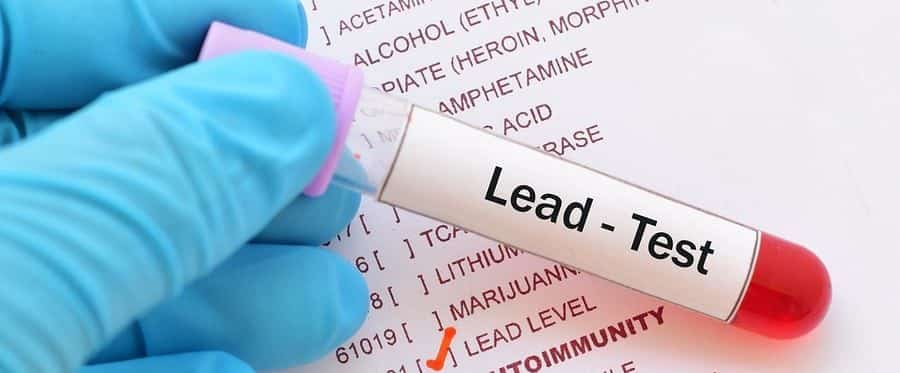State Sen. Gustavo Rivera recently introduced Dakota’s Law. The measure would require all state health officials to test for lead using the new standard of a maximum five micrograms per deciliter.
The Bronx Democrat says the new law would “create stronger requirements to protect all New York children from lead poisoning and to address lead exposure in homes across our state.” Even though the Centers for Disease Control changed the lead exposure threshold from 10 to 5 micrograms in 2012, the New York City Housing Authority continues to use the old 10 microgram standard. As a result, thousands of children, like Dakota Taylor, are exposed to high lead levels and no one in government does anything about it. Although Mayor Bill DeBlasio has taken some corrective steps in this area, officials continue to deny the scope of the problem. The Mayor had insisted that only a handful of children were at risk, but a recent survey revealed that some right hundred children lived with lead levels of between five and nine micrograms from 2012 to 2016.
Most of these positive policy changes took place earlier in 2018. In January, Dakota’s mother won a $57 million lawsuit against the city.
Lead and Health Effects
The five microgram level is essentially a compromise. The CDC has pointed out that there is no safe exposure level when it comes to lead.
One aspect of this metal which makes it so dangerous is its chemical similarity to calcium. The body mistakes lead for this valuable mineral, and so the body rapidly absorbs lead. Once it gets into the bloodstream, it causes a number of mental and developmental delays.
So, as children progress in school, they get further and further behind. These problems increase dropout rates and make it difficult for children to obtain quality educations as they enter high school and college. To compensate for these weaknesses, many parents must send their children to expensive specialists just so they can keep up with basic schoolwork.
There are physical symptoms as well. After the first few breaths of lead-contaminated air or sips of contaminated water, many children begin experiencing headaches, severe abdominal pain, weakness, and fatigue. Later, these children may go through personality changes, experience severe abdominal pain, and become very nauseous.
Lead poisoning is hardest on children. However, adults feel the effects as well. These effects may include heart disease, hypertension, and kidney disease.
These mental and physical ailments often result in extremely high medical bills. Intangible losses, such as pain and suffering, emotional distress, and loss of enjoyment in life, may be even greater. Compensation is available for all these damages.
Winning a Lead Exposure Case
Negligence is one of the most common legal theories in these cases. There are basically five elements in a negligence case:
- Duty: Building contractors, construction engineering firms, and other lead defendants usually have a duty of ordinary care. They must always put the health and safety of people above corporate profits.
- Breach: Many lead poisoning incidents in New York occur during renovation projects. If the contractor was not prepared to deal with possible lead exposure, or turned a blind eye when such exposure happened, these things constitute a breach of duty.
- Cause in Fact: There must be a direct link between the aforementioned breach of duty and the victim/plaintiff’s damages. Attorneys usually use expert witnesses to establish such a link. New York courts have a rather low standard when it comes to evaluating these witnesses, so their testimony is easier to obtain.
- Proximate Cause: The injuries must also be a foreseeable result of the breach. For example, if a doctor misdiagnoses lead poisoning as another condition, that misdiagnosis is not foreseeable as far as the builder is concerned.
- Damages: As outlined above, damages include both economic and noneconomic losses. One of the best ways to maximize damages is to have the victim/plaintiffs simply tell their stories to the jury.
Other available legal theories include public nuisance and negligence per se. In all these cases, the victim/plaintiff must establish liability by a preponderance of the evidence (more likely than not).
It’s no accident that New York City began taking action to combat lead poisoning around the time a victim filed a lawsuit. Many times, such action guarantees a response. Moreover, the legislative process usually does not compensate victims. Only the legal process can do that.
Lead poisoning causes lifelong injuries in young children. For a free consultation with an experienced personal injury attorney in New York, contact Napoli Shkolnik PLLC. Our main office is conveniently located in midtown Manhattan.
